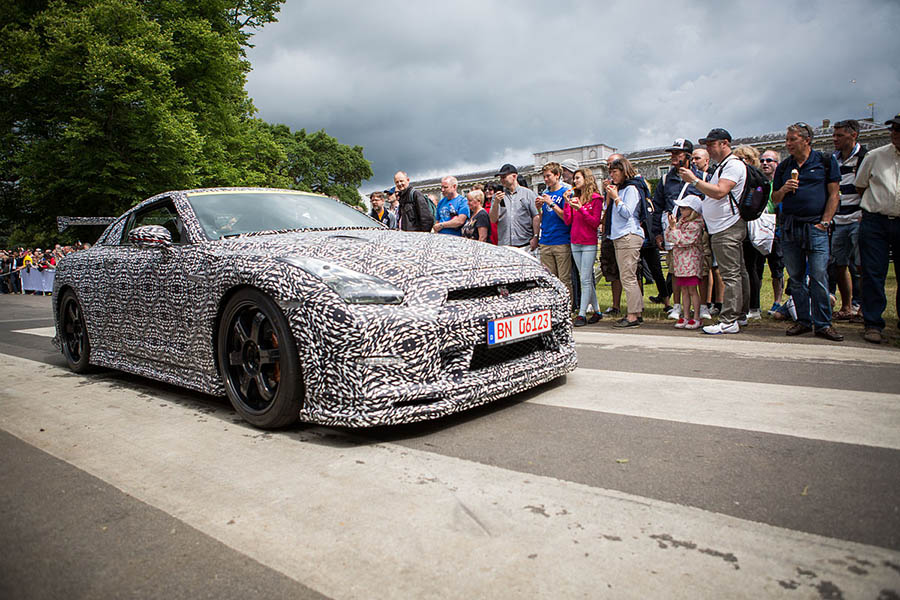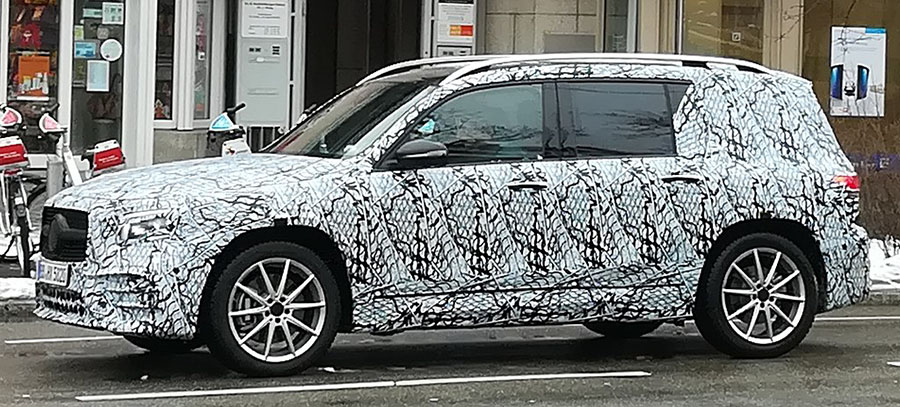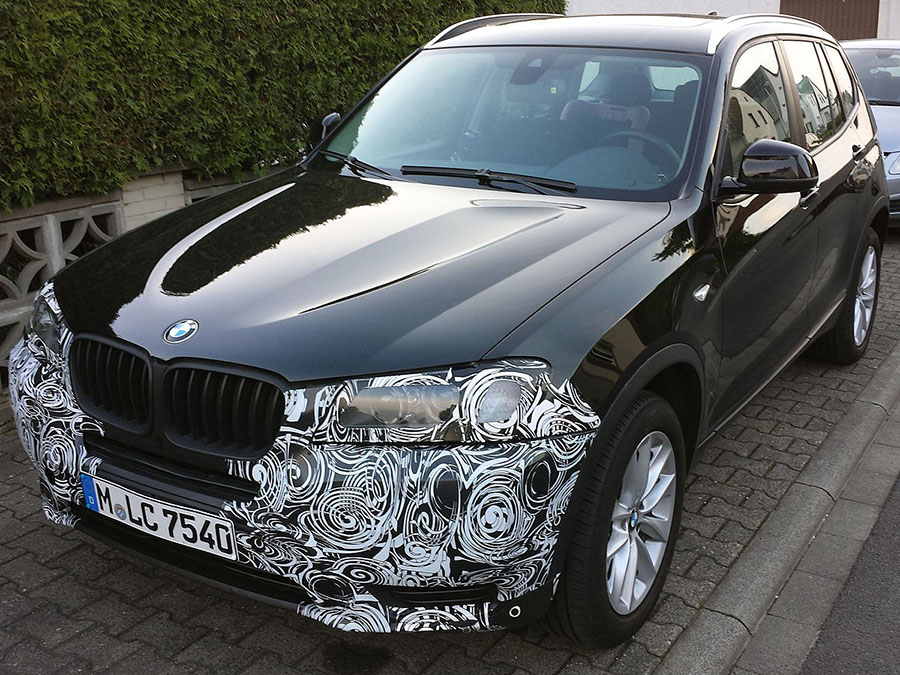An Erlkönig is a camouflaged prototype of a car. While the manufacturers are trying to keep the exact appearance of these vehicles secret, photojournalists, so-called Erlkönig hunters, want to sell their photos to specialist magazines or the tabloids.

Naming
The naming goes back to Goethe’s ballad Erlkönig poem, which begins with the verse “Who rides so late through the night and wind? It is the father with his child”. At the beginning of the 1950s, the name appeared in a different context: for the first time, the term was used by the two motor journalists Heinz-Ulrich Wieselmann, editor-in-chief of the automobile magazine auto motor und sport and Werner Oswald, second man in the editorial team from the beginning of 1950 to the end of 1957. From issue 15 (dated July 19, 1952) the more or less clear photo of an automobile prototype appeared in every issue for a while.
“These ridiculously harmless pictures by today’s standards were considered unprecedented provocation by the automotive industry. Therefore, we had previously considered for weeks, maybe even months, whether and in what form we could allow these amateur photos to be printed. Editor-in-chief Wieselmann finally came up with the idea of sweetening the bitter pill a little with amiable accompanying texts. In this sense he rhymed a small eight-line poem in the style of the Erlkonig poem for the first few pictures on a beautiful Sunday. He put them on my table on Monday morning with the order to prepare a sequence for the next issues and to provide them with a constant heading. After a moment’s thought, I said: Let’s just write ‘Erlkönig’ about it!”
– Werner Oswald : Mercedes-Benz passenger cars 1886-1986
Grounds of secrecy
The product life cycle of a vehicle is usually a few years. After this time, automobile manufacturers will bring successors with newer technology onto the market. In the context of the Erlkönig, however, the design (exterior and interior) of the new model plays a crucial role. The sales figures of the previous model usually decrease at the end of the product lifecycle as buyers wait for the new models. These sales figures would be reduced even further if pictures of the unclassified successor model appeared in the media before the end of the product lifecycle of the previous model. In addition, camouflage measures should disguise technical or design details from the competition.

In order to counteract the early release of the secrets, the vehicles are often optically changed during the test drives, whereby this is usually done in several stages. The first prototypes with new technology often drive in adapted bodies of their predecessors or other models of the manufacturer. They are often referred to as “mulatto”, alluding to the mixture of new technology and strange or old shell. Once the new design has been determined, the camouflage of the body goes first towards full cladding and then decreases more and more as the presentation approaches. For this purpose, covers and cladding are attached to striking contours, which are intended to disguise the actual appearance.

The interior is also often covered with plastic parts to obscure the appearance of the dashboard and other parts.
The automobile companies handle their royal kings differently. The measures between the driving and parking permit of prototypes in the public traffic area are in the earliest test stage (e.g. Fiat) and their driving ban until the official presentation of the model (such as at VW). BMW counters the camouflage and published photos themselves.









